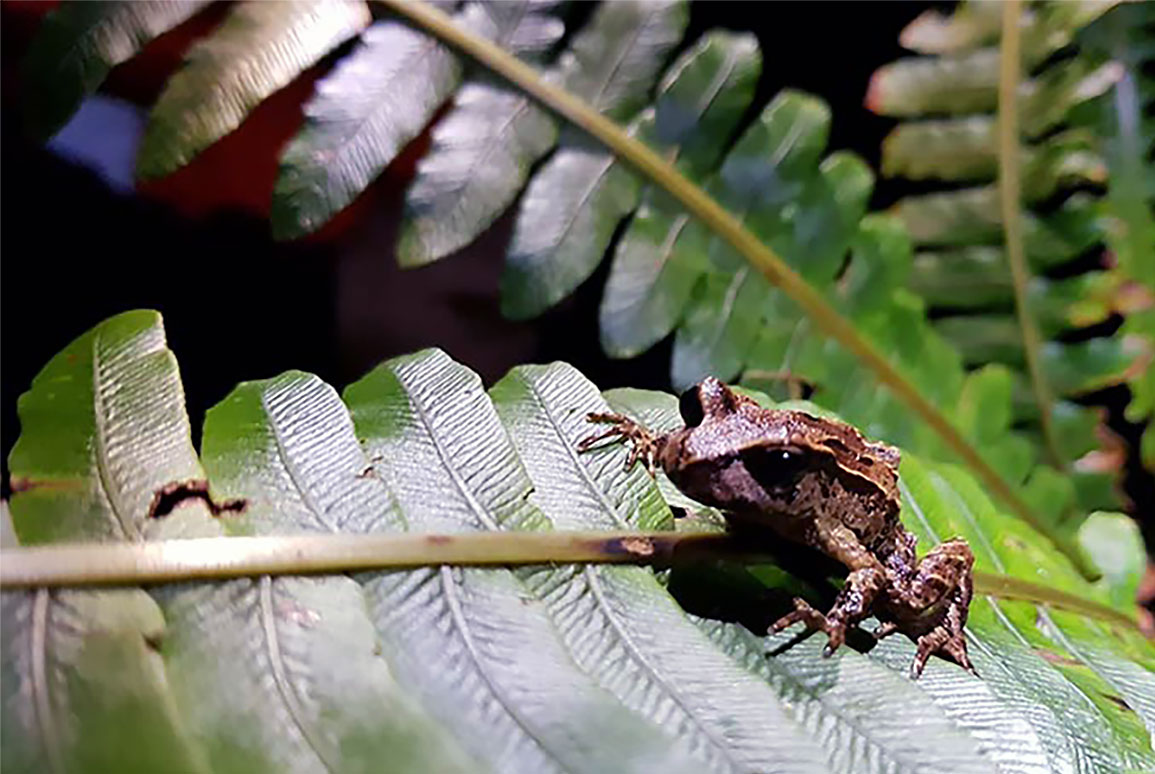Boffa Miskell ecologists have been carrying out ecological surveys within the Access Arrangement area since February 2017.

Work within Coromandel Forest Park is governed by an Access Arrangement between the Department of Conservation and OceanaGold that requires surveys for native plants, lizards, bats, invertebrates and frogs. The results of the surveys are used to inform whether the site can be used as a location for a drill site, campsite or pump site.
The Coromandel Peninsula is one of two areas with naturally occurring Archey’s frog populations, the other being Whareorino Forest in King Country. Archey’s frogs are classified as ‘Nationally Vulnerable’ with between 5,000 – 20,000 mature individuals and a decreasing population trend of 30-70%.
Protecting Archey’s frogs within the Access Arrangement area is of critical importance to Boffa Miskell and OceanaGold. To achieve this, frog surveys are undertaken over a minimum of three nights in suitable conditions where all potential habitats within a 20 x 20 m survey area are searched by hand. Each frog observed is photographed, measured and its GPS location recorded.
The primary protection measure for Archey’s frogs is a 6m (radius) buffer that is established around each frog where no vegetation clearance is permitted. The frog buffer was determined in consultation with DOC and University of Victoria specialists and is based on previous studies that found that Archey’s frogs typically don’t move far, averaging 4.1 cm/night but with a maximum recorded movement of 10.6 m.
If more than four Archey’s frogs are recorded within a site, the site will not be used.
Sites identified as safe to use are fenced after the survey is carried out to prevent frogs from moving back in, and vegetation clearance and ground layer habitat removal is carried out by hand as soon as possible.
Between February and May 2017, a total of 56 Archey’s frogs were recorded at 13 sites and an additional seven frogs were recorded on the tracks between sites.
Three sites were excluded from further use based on the number of frogs recorded. No frogs have been recorded during site clearance and no frogs had to be moved.

